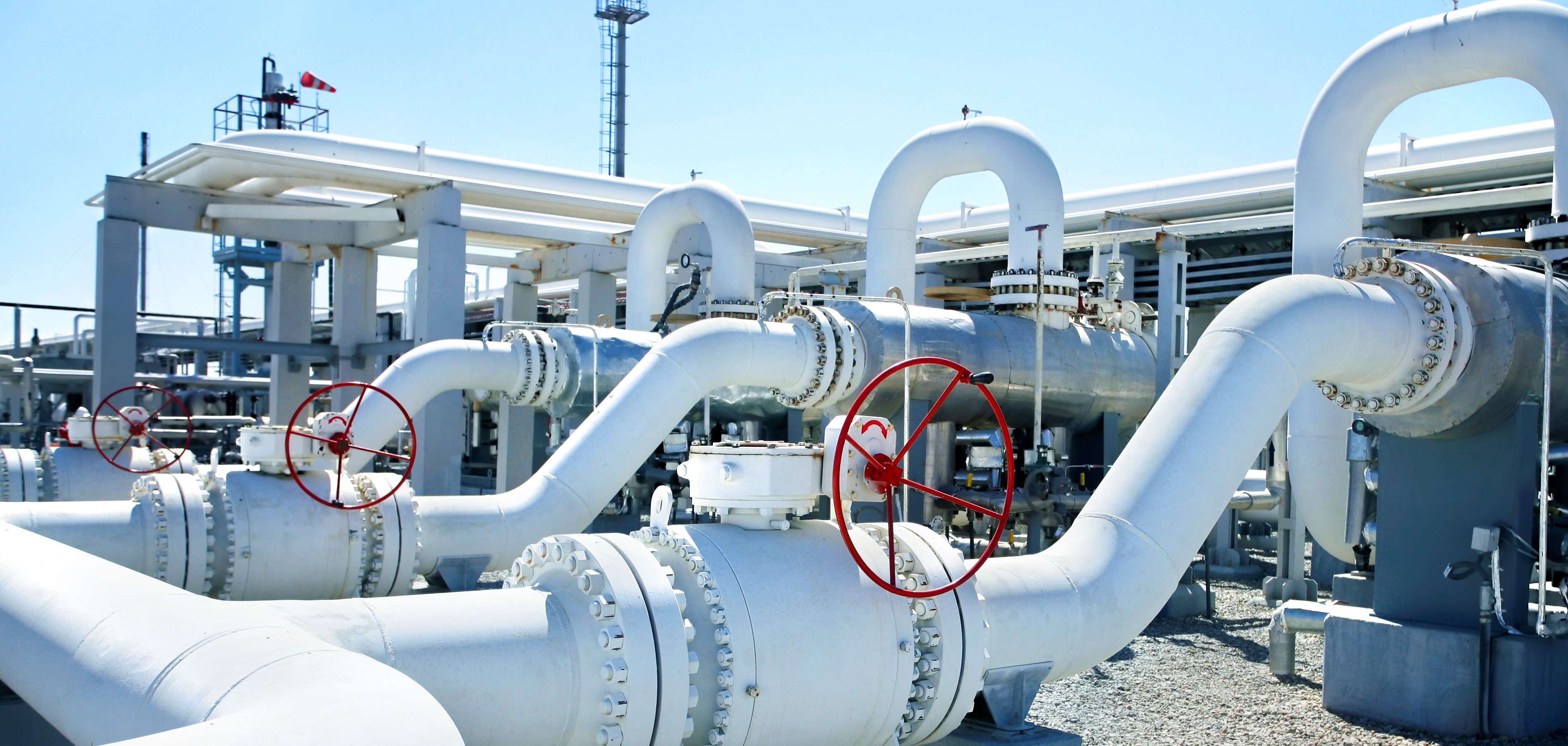Australian Energy Market Operator (AEMO) improved Pipeline Operational Planning with Scenario Manager
Using DNV’s Scenario Manager, AEMO bolsters energy resilience across the gas network by better identification and response to disruptions.
The operation of gas transmission systems can be dynamic, subject to the ebb and flow of demand as well as supply availability. Gas is not always easily or quickly transported to high-demand locations, and providing uninterrupted supply requires a combination of accurate data, experienced control room personnel, and the right software.
Synergi Pipeline Simulator - Scenario Manager, helps the Australian Energy Market Operator (AEMO) control room engineers ensure the transmission system is operated to satisfy peak demand and can optimally respond to supply disruptions or equipment outages.
In the State of Victoria, where Melbourne is the capital city with a population of over 5 million people, AEMO schedules the wholesale gas market and operates the gas transmission system to meet the demand of 2.2 million gas connections, maintaining system security despite sudden demand changes and gas supply disruptions is paramount. Control room engineers operate compressors and flow regulators to manage gas linepack across the 2,000 kilometer (1,250 mile) high-pressure pipeline system to manage hourly peaks in demand periods. They must swiftly adapt to sudden changes in weather driving increases in heating demand, demand spikes caused by gas fired power stations, increased gas flows to neighboring states, or gas production outages to maintain supply to customers.
Given the inherent challenges of operating a gas transmission system that experiences large demand peaks with relatively low usable linepack, engineers must conduct survival time assessments to determine which customers may be impacted, make quick and accurate system adjustments, and assess further response options including scheduling peak shaving gas. While hydraulic models serve as powerful tools for these analyses, manually running these models including inputting multiple supply and demand scenarios is time-intensive, prone to human error, and reliant on the availability of additional engineering resources.
Recognizing these challenges, AEMO initially developed an in-house predictive program. However, it lacked the complexity needed to simulate the multiple inputs and scenarios handled in the real-world control room environment. So, AEMO set out to find a comprehensive tool to help them enhance operational efficiency and reliably facilitate informed decision-making during complicated operating conditions.

Predictive Planning Tool for Control Room Operators
AEMO made a strategic move to implement Synergi Pipeline Simulator (SPS) software in 2017. At the time, they started by leveraging the Statefinder™ module for calculating and tracking gas heating value, improving linepack estimates, and increasing the accuracy of metered flows into the distribution networks. This upgrade was essential due to the varying energy content of gas from different offshore gas production facilities, interconnected transmission pipelines that included coal seam gas, underground gas storage and peak shaving LNG storage.
Statefinder offers real-time insights into pipeline operations, providing key process calculations for heating value, gas quality tracking, inferred gas flows and linepack. Since implementing the system, AEMO has found additional benefits of the system including analysis and tracking off-specification gas, real-time model replays for planning and analysis of pigging operations during periodic in-line-inspection activities.
Pleased with the capability of Statefinder, AEMO soon adopted the Synergi Pipeline Simulator Predictor module. Predictor allows AEMO to estimate the short-term future state of the gas transmission pipeline system based on the forecasted demands and scheduled injections. The capability enables them to identify pipeline congestion and threats to customer supply early and quickly react by optimizing compressor operations and identify and validate the requirement to efficiently schedule peak shaving gas supply to customers including gas fired power stations.
Despite these advancements, AEMO recognized the need for a predictive planning tool tailored to the specific requirements of control room operations, one that seamlessly integrates various control room systems into one system. In response, DNV collaborated with AEMO to develop a cutting-edge solution: Scenario Manager.








